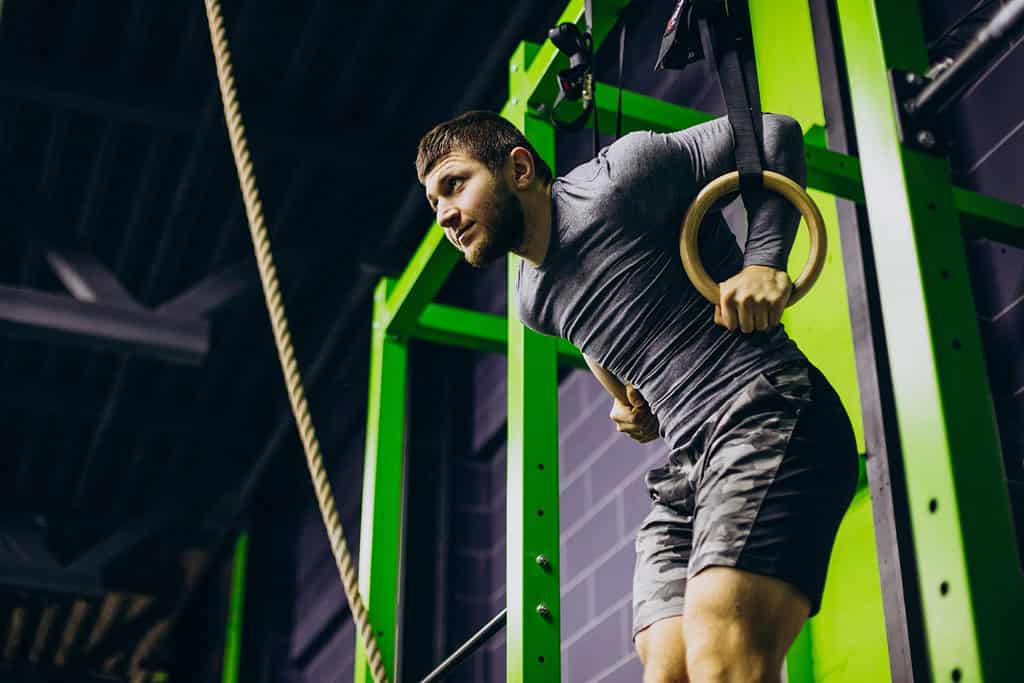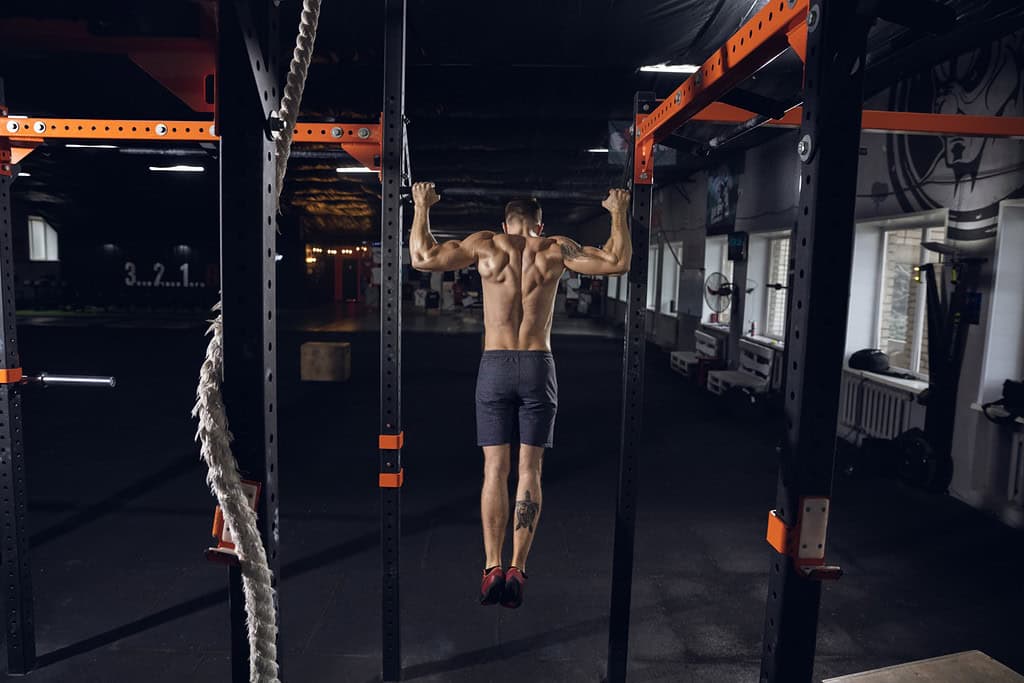Do you often think about how top athletes maintain their strength and agility across various sports?
Today, we’re discussing one of the fundamental parts of their training: the Hybrid Athlete Pull Day.
It’s all about hitting those back muscles, building up your biceps, and improving functional strength for real-life activities.
Think of it as a way to a stronger, more balanced physique that supports everything from lifting groceries to excelling on the sports field.
Previously, we talked about hybrid athlete leg day and hybrid athlete chest day (which you all absolutely love), so let’s get on to hybrid athlete pull day.
Shall we?
Hybrid Athlete Pull Day

A hybrid athlete typically combines elements from different sports disciplines, such as strength training, endurance, and skill-based sports.
For a “pull day,” the focus will be on exercises primarily involving pulling motions, targeting muscles such as the back, biceps, and rear deltoids.
Here’s a sample hybrid athlete pull day workout:
Warm-Up
- 5-10 minutes of light cardio (jogging, rowing, or cycling)
- Dynamic stretches (arm circles, leg swings, torso twists)
Strength Training
Deadlifts
- 4 sets of 6-8 reps
- Focus on maintaining a flat back and engaging the glutes and hamstrings.
Pull-Ups or Chin-Ups
- 4 sets of max reps
- Use a variety of grips (overhand, underhand, neutral) to target different parts of the back and biceps.
Bent-Over Rows
- 4 sets of 8-10 reps
- Can be done with a barbell or dumbbells. Keep your back straight and pull the weights towards your waist.
Single-Arm Dumbbell Rows
- 3 sets of 10-12 reps per arm
- Focus on a controlled movement, squeezing your shoulder blade at the top.
Endurance/Cardio
Rowing Machine
- 10 minutes at a moderate pace
- Focus on strong pulls and maintaining a steady rhythm.
Battle Ropes
- 4 rounds of 30 seconds on, 30 seconds off
- Emphasize explosive pulls with the ropes.
Farmer’s Walk
- 3 sets of 1 minute, heavy weights
- Walk with heavy dumbbells or kettlebells in each hand, keeping your core tight and shoulders back.
Cool-Down
- 5-10 minutes of light cardio (walking or slow cycling)
- Static stretching (focus on the back, biceps, and hamstrings)
Tips
- Form Over Weight: Always prioritize proper form to prevent injury.
- Progressive Overload: Gradually increase the weight or intensity over time to keep progressing.
- Recovery: Ensure adequate rest between sessions and focus on nutrition and hydration to support recovery.
Why Pull Days Are Important For Hybrid Athletes?

As a hybrid athlete, here are a couple of reasons that make pull days mandatory:
1. Balanced Muscle Development
Targeting Back and Biceps: Pull days focus on exercises that develop the muscles in the back, biceps, and rear deltoids. This helps create a balanced physique and prevents muscle imbalances that can lead to injury.
2. Improved Athletic Performance
Strength and Power: Pulling exercises like deadlifts and rows enhance overall strength and power. This is beneficial for activities requiring explosive movements, such as sprinting, jumping, and lifting.
3. Enhanced Posture and Stability
Core and Postural Muscles: Many pulling exercises engage the core and postural muscles, contributing to better stability and posture. Good posture and core strength are vital for performing various athletic activities efficiently and safely.
4. Injury Prevention
Balanced Training: Incorporating pull days ensures that the posterior chain (the muscles on the back side of the body) is strengthened. This balance between the anterior and posterior muscles helps prevent injuries, especially those related to overuse or muscular imbalances.
5. Functional Strength
Real-World Movements: Pull exercises mimic many real-world movements and activities, such as lifting, carrying, and climbing. Developing strength in these movements enhances functional fitness, which is crucial for hybrid athletes who often engage in diverse physical activities.
6. Enhanced Grip Strength
Grip and Forearm Strength: Exercises like deadlifts, pull-ups, and rows improve grip and forearm strength. This is beneficial for activities requiring a strong grip, such as climbing, obstacle courses, and handling various sports equipment.
7. Cardiovascular Benefits
Compound Movements: Many pull exercises are compound movements that engage multiple muscle groups. This increases the cardiovascular demand of the workout, improving overall cardiovascular fitness, which is essential for endurance and stamina.
8. Metabolic Boost
Higher Caloric Burn: Engaging large muscle groups like those in the back during pull exercises increases the metabolic rate, leading to a higher caloric burn. This helps in maintaining a healthy body composition and improving overall metabolic health.
How Many Pull Days A Week Does A Hybrid Athlete Should Have?
A hybrid athlete typically benefits from including 1-2 dedicated pull days per week in their training schedule.
This frequency allows sufficient time for muscle recovery and adaptation while ensuring consistent progress in strength, endurance, and functional fitness.
Depending on individual goals and overall training volume, some athletes may adjust the frequency to suit their specific needs and recovery capabilities.
Moreover, adding dedicated pull days to your routine is one way of becoming a pro hybrid athlete.
Final Remarks
The Hybrid Athlete Pull Day isn’t just about gym gains; it’s about practical strength that translates into everyday life.
It doesn’t matter if you’re aiming to lift better, move more efficiently, or simply feel more confident in your physical abilities; integrating a pull day into your routine is a smart move.



